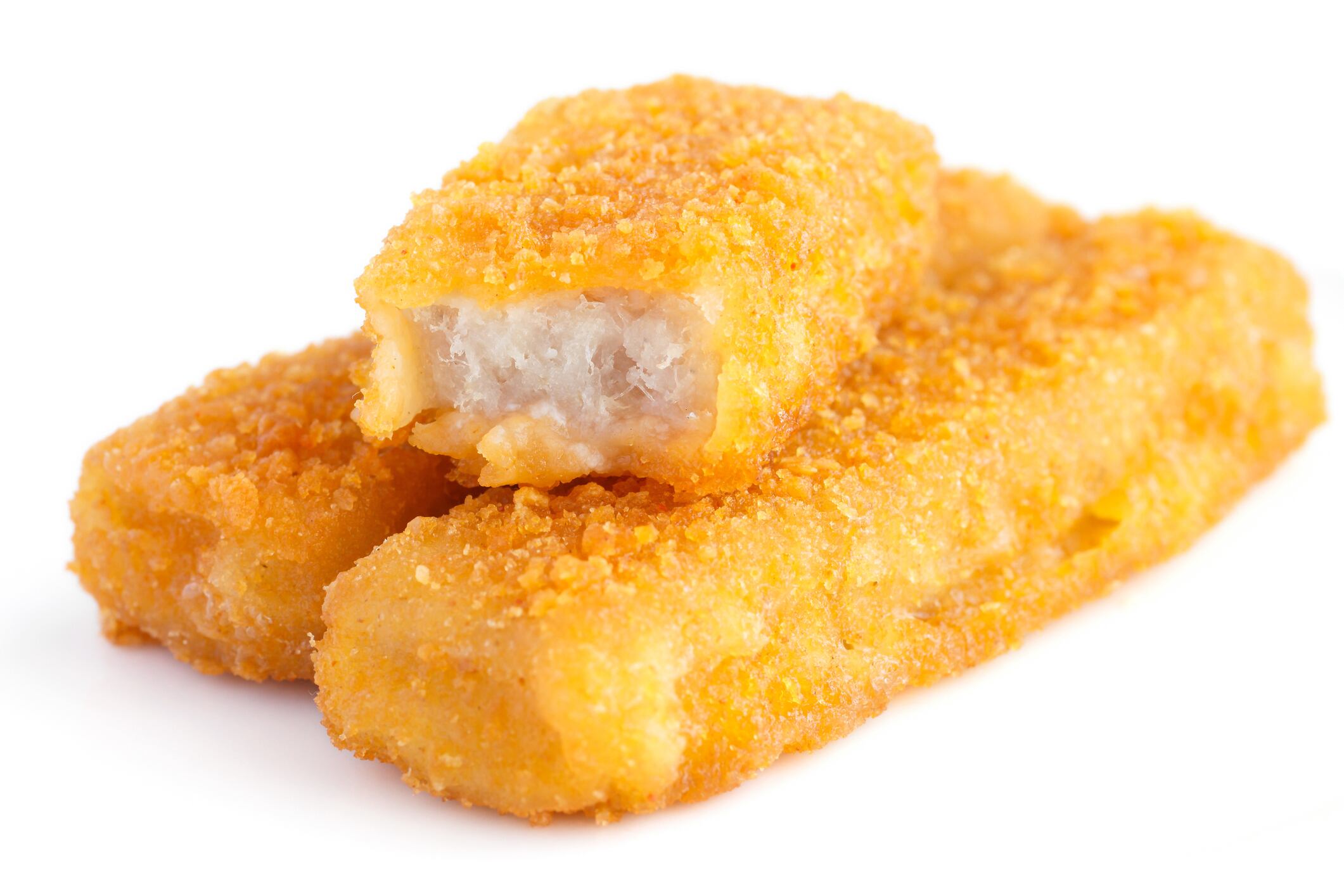A 12-week randomised, double-blind trial involving 120 participants conducted by Spanish researchers revealed daily consumption of 50g of enriched seafood sticks increased the abundance of Alistipes finegoldii and Ruminococcaceae in gut microbiome and reduced serum insulin and insulin resistance, particularly in male participants.
Meanwhile, elevated Prevotella and Christensenellaceae were associated with lower PP among female participants, according to the study authors.
“The present work has demonstrated novel and beneficial effects of a combination of postbiotic and bioactive compounds related to CMD risk factors,” they wrote in the European Journal of Nutrition.
“Our results support the use of enriched seafood sticks as a complementary strategy in the management of CMD risk factors.”
Positive influence
Abdominal obesity is a major risk factor for CMDs and has a strong positive association with prediabetes, elevated serum lipids, including triglyceride (TG) concentration, and high blood pressure (BP) in adults.
Men with a waist circumference (WC) of at least 102cm and women 88cm are considered to be abdominally obesity, as defined by the World Health Organisation.
There is substantial evidence on the positive influence of probiotics and mixed therapies on CMD outcomes. Blends often achieve better results based on “the synergy between compounds”, the authors explained.
On this basis, the researchers assessed the sustained and acute effects of enriched seafood sticks to evaluate effects on CMD risk factors.
Intervention product
The trial focused on two fish species, Alaska Pollock, and Pacific hake, supplied by Spanish manufacturer, Angulas Aguinaga. The intervention product (SIAP2) comprised 50g of seafood sticks combined with heat-treated B. animalis subsp. lactis, 370mg eicosapentaenoic acid (EPA), and 1.7g docosahexaenoic acid (DHA). Plain seafood sticks served as the placebo.
Each subject consumed three sticks per day (total weight of 50g) and attended four visits: an initial screening at baseline, an inclusion screening prior to intervention, and study assessments at six and 12 weeks.
An acute study, involving a single dose of seafood sticks (50g) followed by a high-fat meal (including 80g of white bread, 30g of hard cheese, 55g of boiled egg, 30g of refined olive oil) was performed at 12 weeks between 8am and 12am to determine the postprandial effects of enriched seafood sticks.
Abundant species
SIAP2 intake reduced gut bacteria diversity but favoured “overgrowth” of species associated with “great health status”, the authors reported.
Increases in fibre-degrader bacteria, Prevotella and Rumini-clostridium, and in “butyrate-producer bacteria” in the Lachnospiraceae group, Faecalibacterium, Roseburia and Holdemanell, were the main agents implicated in observed health benefits.
They maintain Prevotella played an important role in lowering serum cholesterol and hepatic lipogenesis and reduced PP by an average 4.09 mmHg in female subjects, which was higher than the average in other studies investigating the effects of synbiotics and alpha-tocopheral.
“The enrichment of Prevotella and other beneficial bacteria after the consumption of SIAP2 could be at least partially responsible for the decrease in the PP detected in women.”
The abundance of Christensenellaceae may also contribute to lower PP, given their ability to regulate glucose homeostasis, improve blood pressure and lower CMD risks, the authors explained.
Trade-off with cholesterol
Acute SIAP2 intake reduced the ratio of total and HDL cholesterol and increased the ApoA1 to ApoB100 lipoprotein ratio, suggesting long-term intake exerts beneficial postprandial effects on lipid profile. SIAP2 halved serum triglycerides (TG) in the intervention group four hours after intake, compared with the placebo, and could be explained by the inclusion of omega-3 in the intervention product, the researchers say.
There were no significant results from analyses on fat accumulation after SIAP2 consumption, in contrast to the effects of probiotic or postbiotic intake, like Bifidobacterium animalis subsp. lactis, when consumed alone.
The authors therefore asserted that consumption of probiotics or postbiotics with other bioactive compounds may reduce the effects on anthropometric parameters.
“Volunteers maintained their body weight throughout the intervention period, supporting the benefits of the enriched seafood sticks in a trade-off against the sugar, fat, and calorie counts.”
Further studies are needed to identify the mechanisms of action through which synbiotic or postbiotics with bioactive compounds influence gut microbiota, they added.
Source: European Journal of Nutrition
Published online, May 28, 2022: http://doi.org/10.1007/s00394-022-02904-0
‘Effects of enriched seafood sticks (heat‑inactivated B. animalis subsp. lactis CECT 8145, inulin, omega‑3) on cardiometabolic risk factors and gut microbiota in abdominally obese subjects: randomized controlled trial’
Authors : J. Companys, et al.

